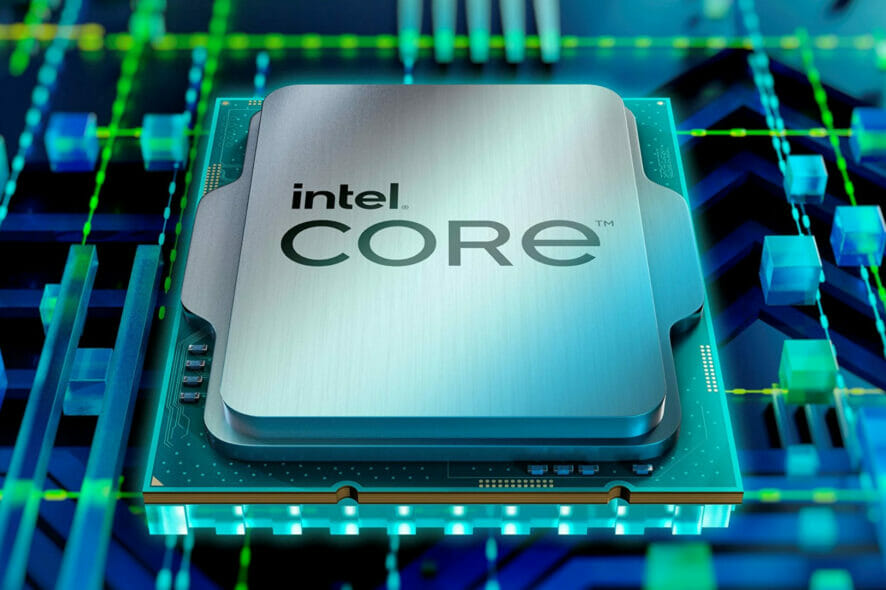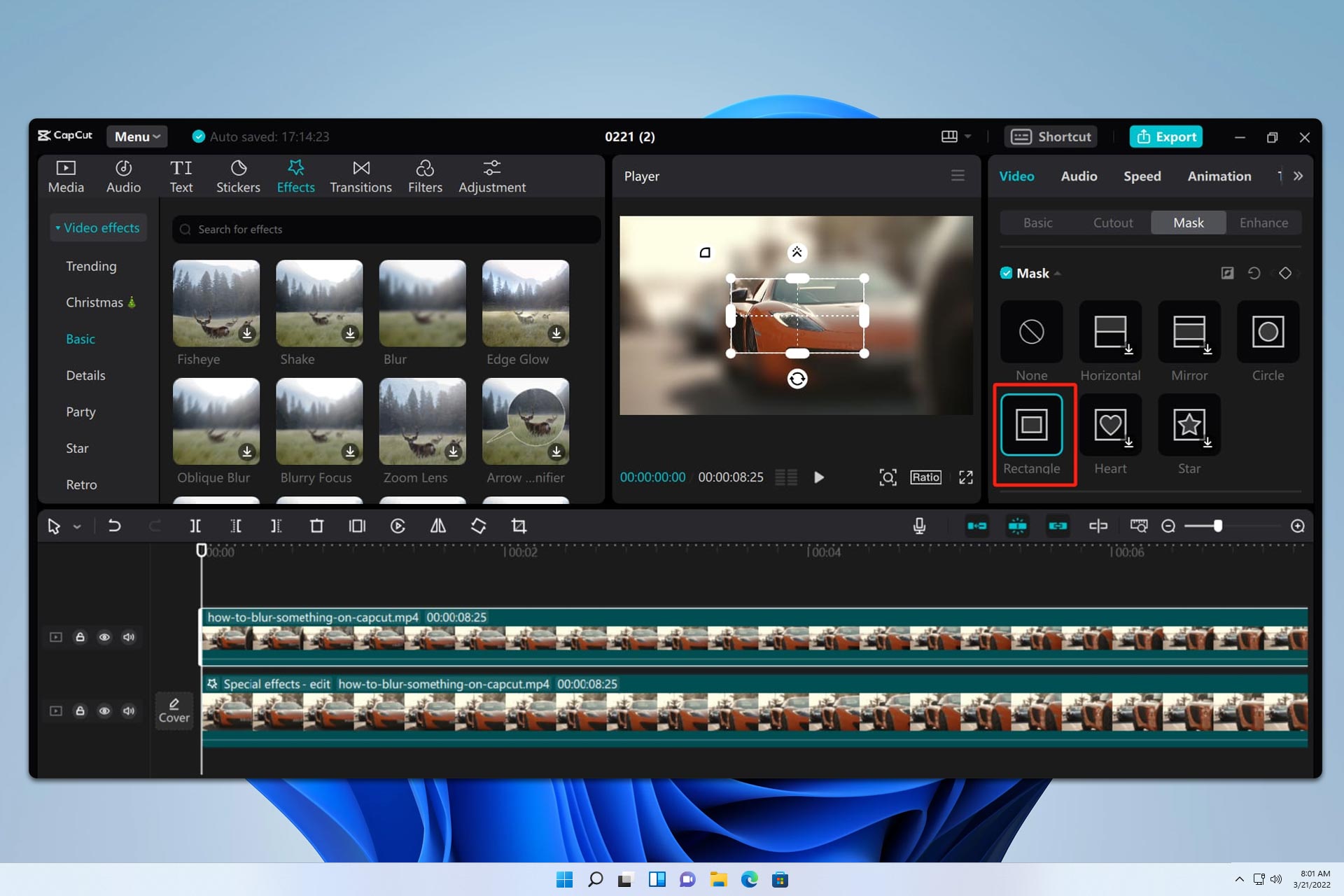Intel Alder Lake CPUs are a lot more efficient on Windows 11 than on Linux
2 min. read
Updated on
Read our disclosure page to find out how can you help Windows Report sustain the editorial team. Read more

Recent tech performance reports suggest that Intel’s Alder Lake CPUs perform much better Windows 11 than with Linux-based operating systems.
This difference is related to issues with Linux’s cluster scheduler, which isn’t optimized for Alder Lake’s hybrid architecture.
What this actually means is that Alder Lake, which is now the new Best CPU for gaming, is better suited for Windows 11 than Linux, which is somewhat surprising given that Linux typically outperforms all flavors of Windows.
Windows 11 outperforming Linux in all scenarios
Tests were made using a Core i9-12900K and Windows 11 Pro, Ubuntu 21.10 plus Linux 5.16 git, Ubuntu 21.10, Ubuntu 21.1.0 plus Linux 5.15, Clear Linux 35250, and Fedora Workstation 35.
Also, the operating systems were tested with a range of different benchmarks, including browser benchmarks, video encoding, image encoding, blender, and more.
To be a bit more specific, Windows 11 Pro won 45% of the tests out of the six operating systems, making it the most optimal operating system for Alder Lake systems.
The victory of Microsoft’s latest operating system is due to problems with the Linux scheduler and its interaction with Alder Lake CPUs.
Remember that the Alder Lake chips consist of two different types of cores, just in case you weren’t aware of this aspect.
The big and fast Performance cores (P-cores) are paired with a smattering of small and powerful Efficiency cores (E-cores) that chew through background processes with surprising speed.
Linux’s scheduler is designed to control multiple core clusters, but it wasn’t designed to differentiate between different types of cores, like Alder Lake’s P-cores and E-cores.
This unfortunately means the scheduler is unaware of the performance differences between the cores, much like we see with Windows 10.
And, as a result, the scheduler will send workloads to the E-cores that should be sent to the faster P-cores, and vice versa.
Linux and Windows 10 will have to adopt a means to interact with Intel’s Thread Director, which feeds the operating system with real-time telemetry so it can better schedule threads to the correct types of cores, to extract the best performance.
There’s no current workaround to this problem (except for disabling the E cores entirely) for Linux. Hopefully, Linux 5.16 will introduce better compatibility with Alder Lake, but there’s no guarantee when or if those changes will arrive.
What’s your opinion on this whole matter? Be sure to share your thoughts with us in the comments section below.








User forum
0 messages